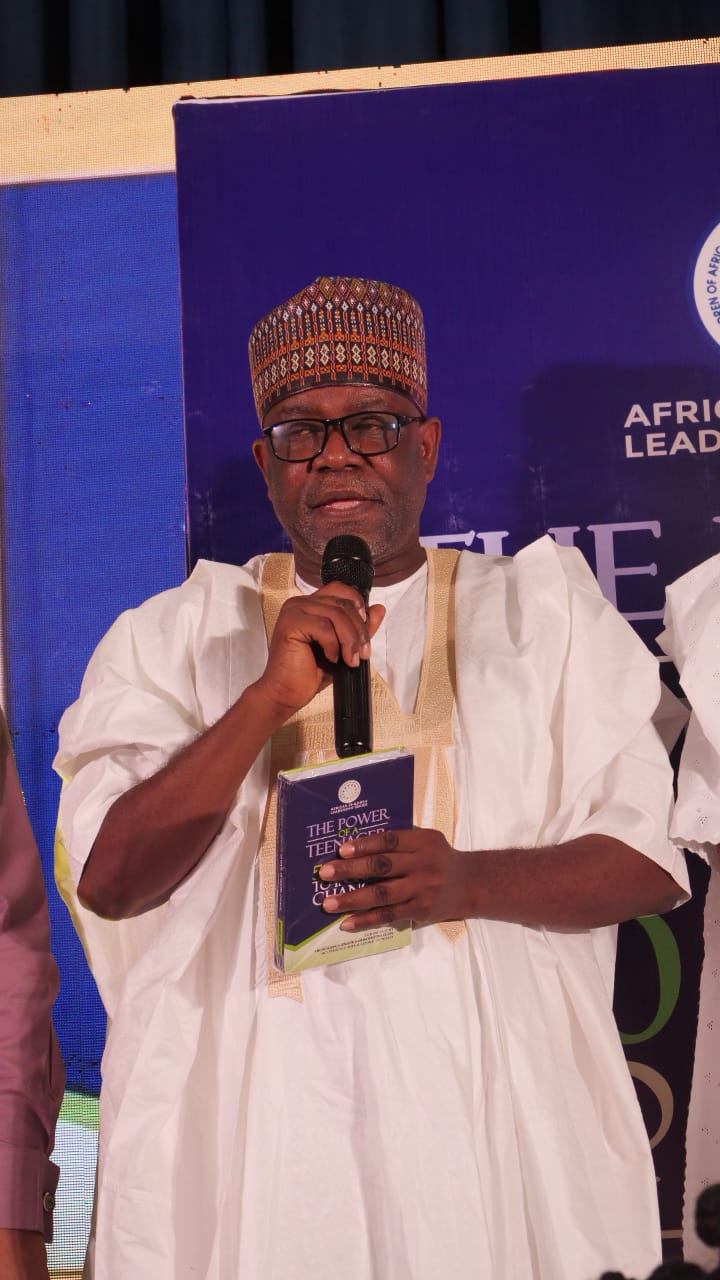By Tiamiyu Hikmah
Forty-two-year-old Adeyemo Abdulazeez ventured into the waste recycling business eight years ago at Ijokodo, a suburb of Ibadan, southwest Nigeria. The business kept growing until the erratic power supply in the area worsened and he needed to relocate the business.
Then Eleyele area of the city came to mind. “When I first got here five years ago, the place wasn’t discovered yet by other recyclers until the government installed a 33KV power transformer with which we are now able to get 20-22 hours daily power supply,” said Adeyemo. “Then other recyclers started coming to secure a space in the area.”
Nestled in the North-West of Ibadan, the Oyo State capital, is Eleyele. It is popular for many things but the one that puts it on the lips of visitors to Ibadan and residents of other parts of the South-West state alike is its lake.
The Eleyele Lake took its current shape in 1939 after the collapse of 36-40 villages which had a stream called Akorede which is historically linked to the Ona River. And since then, it has continued to serve as the second major source of pipe-borne water for residents and factories in the city after the Asejire Dam.
Water scarcity has been a major problem in Nigeria, Oyo State inclusive. After the drought in the 1960s, there was a need to ensure the functionality of groundwater supply in the state and a dam was constructed to fulfil this purpose. This initiative could be traced to the provision made by the Water and Sanitation Project (WATSAN)
The lake covers parts of Ijokodo, Apete, Awotan, Ologuneru, Agbaje, Idi-Osan and the Polytechnic of Ibadan.
But now, the activities of Adeyemo and other recyclers, overfishing, industrialised plastic and metal recycling, open defecation, automobile repairing and more very close to the lake pose a grave danger to aquatic life and the quality of water from the lake.
Two-and-half kilometres away from the lake is the Awotan-Apete dumpsite known for its huge size. But there is little knowledge about the existence of an industrialized waste recycling unit 150 meters away from the lake.
Here, waste ranging from plastics to iron, car scraps and chemicals from used car batteries to rubbers gotten from dumpsites are gathered. There are also electronic wastes from computers and radios and television.
This reporter visited the various sections and spoke to workers. It was found that each unit produces wastes which find their way into the river and pollute the water body which serves a large number of the 3.6 million residents of the city who rely on water supply from the Oyo State Water Corporation
Adeyemo admitted that some of the plastic wastes he recycles get washed off into the lake. “When it rains, it (the waste) washes into the lake,” he said.
Ayoade Abdulwasi deals with used plastic drinking straws which he crushes with heavy machinery. He told this reporter that he was aware that his activities affect the river and the environment.
“Trees planted here have been deforested so we can start our business,” he said.
He further explained that aside from this encroachment, oil leaks from his machines get washed off into the lake.
“Our machines are heavy and use a lot of oil,” said Abdulwasi. “We can’t avoid cases of oil spillage and these get into the lake when there is erosion.”
Waste arriving from dumpsites being moved by the scavengers
Plastic pollution thrives in Nigeria, and, sadly, mirrors a growing global crisis. First invented in the 1860s but developed in the 1920s, plastic production exploded in the 1940s becoming the fastest growing global industry generating about $600 billion annually.
For instance, a 2020 study found that, by weight, about 10% of municipal solid waste content is plastic and this plastic waste occupies about 90% of the three populous rivers in the world. Also, it is known to be responsible for the death of 20–30% of marine life.
Invariably, plastics have affected man’s daily living and its continued usage and production, especially in most low-income nations, is now worrisome, since they may be unable to meet up with advanced and efficient techniques of plastic waste management.
Experts say there are seven million tons of additional plastic waste deposits on the earth annually, and at this rate, the sea would have more plastics than fish and over 97% of the bird would have consumed them.
Once in the ocean, plastics hardly go away. It breaks down into small pieces that are ingested by sea life and transferred up in the food chain, carrying chemical pollutants from prey to predator.
Researchers say they have found microplastics — tiny pieces of plastic debris that come as a result of the disposal of industrial waste — deep in the lungs of living humans. These are identified in 12 types, which are commonly found in bottles, packaging, clothing and twine, along with other manufacturing processes.
Aside from the impact of the activities of these recyclers on the lake, the noise from heavy machinery they use makes staying close to the place uncomfortable.
Folarin Bola, a street trader near the lake complained of noise pollution, which she said makes her weary.
“Apart from the noise from their machines which disturb us, the stench is always bad,” Bola said. “Sometimes moving closer to the place is hard, especially during the rainy season.”
Presence of water hyacinth indicates contamination — Expert
This reporter observed, physically, the presence of water hyacinth and some foreign particles in the lake which has made the water greenish.
Water meant for drinking ought to be colourless, experts say, even though it would undergo treatment before the water corporation pipes it to homes.
In 2017, a study was conducted into the contamination of the lake. The study found that there was a high discolouration of the lake water closer to the waste recycling area. It attributed it to the presence of coloured organic matter like humic substances, metals such as iron and manganese, or highly coloured industrial wastes.
Pollutants in the lake
Opeyemi Elujulo, the Founder and Director of Partnerships and Strategic Visioning, Youth for the Environment Nigeria, agrees with the outcome of the study. He explained that the presence of water hyacinth is an indication of contamination and this would be accompanied by a high microbial population.
“Water hyacinths grow when there is contamination and this is an indication of poor water quality,” said Ejulo.
He further explained that if urgent actions are not taken to decontaminate the lake, it would be unsafe for both living organisms in it and also the consumers.
Also in 2017, an assessment of the pollution status of the lake found a high amount of anthropogenic pollutants – pollutants caused by human activities – in the lake, leading to an elevated level of heavy metals and polychlorinated biphenyls which is said scientifically to have caused increased rates of melanomas, liver cancer, gall bladder cancer, biliary tract cancer, gastrointestinal tract cancer, and brain cancer.
‘Government pays visit but nothing has yet to be effected’
Residents and business people in the area said the environmental authorities visit the area periodically but no tangible action has been taken recently.
Interestingly, business owners around the lake are taking action. “We bring excavators to clear the water hyacinths ourselves as it does affect our businesses,” said Muhammed Balogun, ferry manager of Kosoko Marine Transportation Company, who operates in the area.
This reporter visited the State Ministry of Environment and Natural Resources to get explicit comments on the findings of this report but officials declined to comment immediately. They had yet to comment when this report was published.
•This report was sponsored by I-79 Media Consults under the ‘Rewriting the Narratives of Environmental Crimes in Nigeria’ project which is supported by the Environmental Reporting Collective (ERC).




